We recently held an Apero event for Whirling Chief in Switzerland’s beautiful Villa Wenkenhof, to celebrate our first five exciting months with many of the people who got us here. There is a genuine story to this undertaking we have made and we thought this would be the perfect time to share it.
The idea of an online collaboration platform comes from a very sacred place in our hearts – straight from our love of Human Resources and Organizational Development. And it also comes from our strong wish to ‘make work a better place for many.’
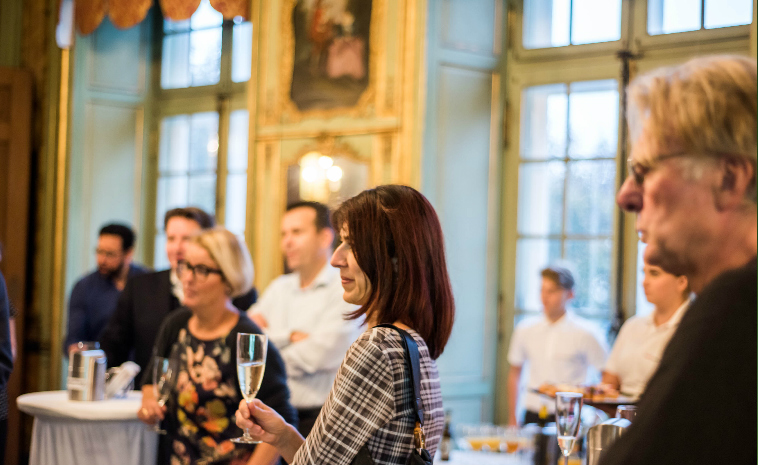
When you have such a mission as ‘making work a better place for many,’ one is immediately faced with enormous statistics. Such as, 50% of people in the global workforce are not satisfied with their work.
Of the 50% who are satisfied, only 35% are truly engaged. The numbers are higher in some countries and significantly lower in others.
And because those numbers have such an impact on our lives, we tend to shy away from them. We disassociate ourselves from the hard facts by saying, “I understand there are some people out there dissatisfied with their work,” while trying to convince ourselves, “It is not me,” or, “It is not the people I know.” Really? ☺
But the numbers are not only real, they’re disturbing: 1 of out every 2 of us is NOT satisfied going to work every day. It could be you, reading this post. Yes, you. Or your next-door neighbor or best buddy…
And precisely because of those statistics, we have a beautiful opportunity to make things different.
When one is passionate about the human condition and sees such an opportunity, one cannot help but ask:
- What are the conditions leading to that fact?
- How can we help evolve the conditions?
We did just that…
We talked to experts to understand the changing business conditions around us. Oh, we understood, all right…and acknowledged that the world is at the cusp of redefining itself and the only inevitable result is change.
Think about it…
Economically speaking, we are evolving. Just consider how we moved from a product-focused economy in the 70s to a product/service-focused economy in the 80s to a customer-focused economy in the 2000s. And now? Well, now it’s all about relationships.
Sociologically speaking, we are evolving. The average life expectancy of an organization has changed from 75 years in 1955 to less than 10 years in the 2000s. Incredibly, 52% of Fortune 500 companies disappeared in the last 15 years.
Ecologically speaking, we are evolving. The laws/policies governing companies are changing, the principles of leadership are changing, the management practices and organizational processes are changing (i.e. performance mgmt. processes). Even the DNA of our workforce is changing.
The reality is as consumers, workers, managers, and leaders of tomorrow, we want something different and progressive! We want better support systems, more sustainable governance models, more equitable use of resources, and higher accountability. What’s more, we demand sustainability and, overall, we want higher quality lives.
It is no different with ‘work.’ We want safe work environments where people are not stepping on top of each other to get ahead; we want supportive relationships where people are invested to share and learn from one another; we want authentic leaders who do what they say and say what they do; we want people processes that work for the benefit of individuals and organizations as a whole; we want work to be better integrated into our overall lives – after all, isn’t work a big part of life?
And, of course, organizations who acknowledge these facts and work to adopt their business practices will continue to stay in the game, while others will simply fall behind!
So then we asked ourselves, what is it we could do – individually and collectively? What could HR do to usher the way to a solution?
Now, we may not be experts on any of the conditional topics above, but we do know organizational psychology very well. We know sustainability requires contextual change (meaning evolvement in conditions) and we know building a culture is about getting like-minded people together to behave a certain way (to lead the way).
So then we said:
“What if we can bring together leaders who have reached a level of inner peace, resourcefulness, and consciousness to serve others?
What if we could bring together leaders who have been able to build psychologically safe, fun, and productive environments to share their knowledge?
What if we ask some tough questions to open up dialogues?
What if we serve people with on-demand learning opportunities – short, easy to understand, practical, self-serving, and yet reliable information?”
After all, we all want work to be a better. And who could communicate that more clearly than those who have had success in making work a better experience?
This is exactly how the idea of a collaboration platform came to be…
We didn’t decide to take a position on business,
We didn’t decide to teach anyone HR & OD practices,
We didn’t decide to create something new and brilliant,
All we decided was to help change the context…
By bringing leaders together to show the way, to lead the way, and to inspire the way. Simply, to put people first.
With that, we have had a beautiful journey so far and our celebratory apero was just the first tiny step forward. There plenty more to come (on Phase II of our platform, changes in UI, on our new collaborations, etc). Thank you for continuing to support Whirling Chief. Be sure to stay tuned…
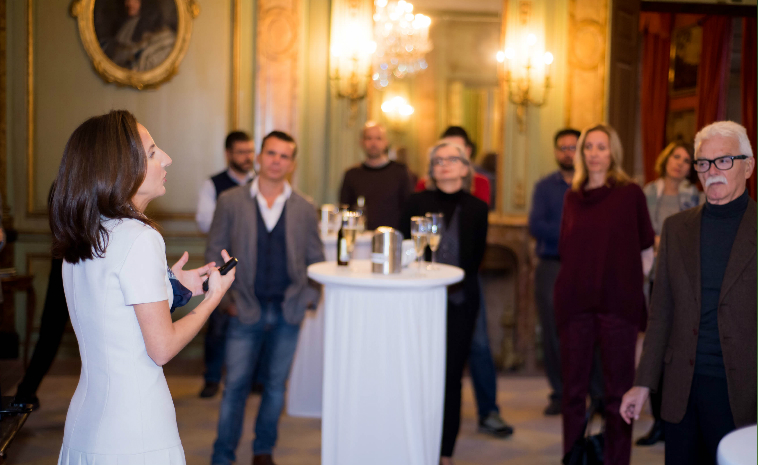



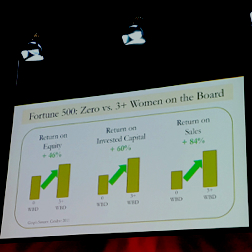 Later in the morning, we heard from
Later in the morning, we heard from 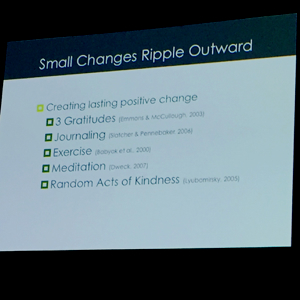 Now, in promoting our online collaboration platform, we have been talking a lot about how humanity is going through a shift; how we are at the cusp of redefining ways of doing things; how technology is calling for us to rely more heavily on data (to drive more accurate decision making); how people are longing for systems, processes, and procedures that work to their benefit (vs. other way around); and how employees are craving a better integration of individuality in the workplace.
Now, in promoting our online collaboration platform, we have been talking a lot about how humanity is going through a shift; how we are at the cusp of redefining ways of doing things; how technology is calling for us to rely more heavily on data (to drive more accurate decision making); how people are longing for systems, processes, and procedures that work to their benefit (vs. other way around); and how employees are craving a better integration of individuality in the workplace.


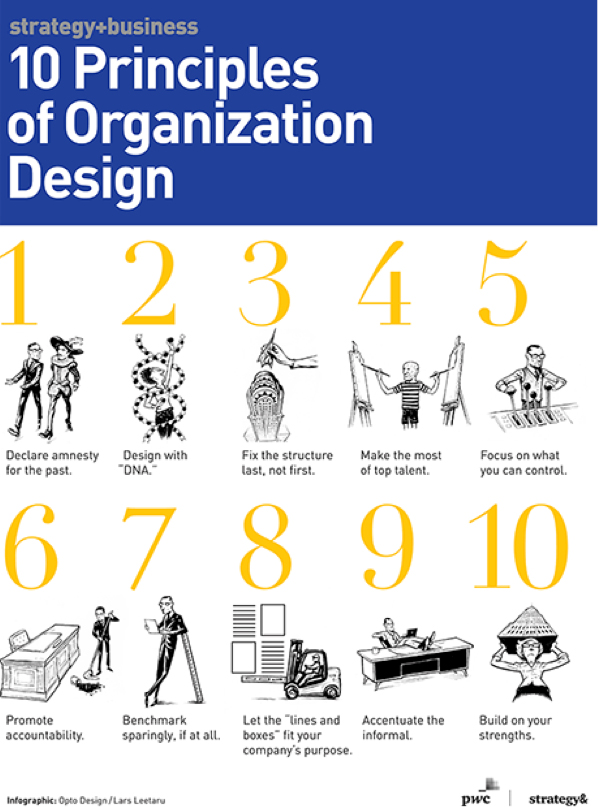 Though we love that these principles were published, we find them incomplete without identifying the proper steps to lead the work. Therefore, today we would like to share with you high levels of activities that take place in organizational design work.
Though we love that these principles were published, we find them incomplete without identifying the proper steps to lead the work. Therefore, today we would like to share with you high levels of activities that take place in organizational design work.